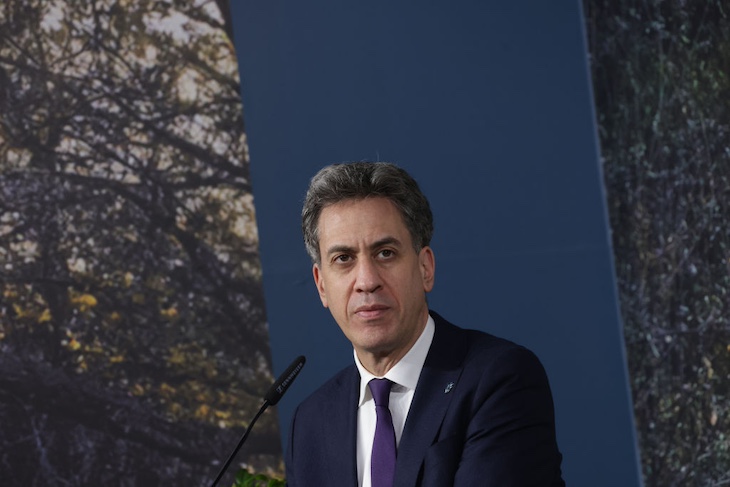After reneging on its manifesto pledge to not raise National Insurance, Labour is starting to struggle with another promise: to cut energy bills by £300 a year. This morning Ofgem has announced that its Energy Price Cap will rise in January so the average household will be paying £21 a year more. Together with the £149 rise in the price cap in October it means that average bills will soon be £170 higher than they were when Labour came to power.
Together with the loss of Winter Fuel Payment – either £200 or £300 depending on your age – it means that pensioners will be worse off to the tune of well over £300 a year since election day.
Movements in the price cap underline how foolish it was for Labour to make any promise on energy bills
Bills will still be lower than they were a year ago, but movements in the price cap underline how foolish it was for Labour to make any promise on energy bills. Energy prices are by their nature volatile; wholesale electricity prices change dramatically from hour to hour, let alone from year to year.
The idea that Miliband’s green policy would save us £300 a year was derived from a report published in October last year by Ember, a think tank which is funded by various climate charities. All it did was look at the price of wind and solar-powered electricity at the time and compare it with the cost of gas-powered electricity. The difference, it claimed, was £300 off the average household bill.
But there were several objections to this – and even more reasons why it was wrong for Labour to start quoting the £300 a year figure at the time of the election this July.
Wholesale gas prices in 2023 were still very high, and have since fallen back. Next year, the International Energy Agency forecast this week, there will be further downward pressure on gas prices as supply runs ahead of demand. Moreover, the price of gas-generated electricity is affected by the way we are using it. A lot of gas plants are being used in short bursts in order to balance intermittent wind and solar energy. The per-unit price of that is inevitably higher than it would be if we were using gas as a steady baseload – it costs money to keep idle plant on standby.
At the same time, the cost of wind and solar energy has increased significantly since Ember published its report. In September 2023 the then-Conservative government held an auction for offshore wind and received not a single bid. Moreover, wind farm developers started to withdraw from projects which they had previously agreed ‘strike prices’ – prices guaranteed over 15 years. To get the offshore wind industry moving again the government last autumn announced that it would increase the maximum strike prices it was prepared to offer by 66 per cent.
In other words, by the time of the general election the £300 a year figure was already out of date. But it gets worse, because the Ember report only looked at the unit prices of the energy itself. It failed to take into account the billions of pounds of investment which would be required to reach Miliband’s target of reaching 100 per cent low-carbon electricity by 2030 (an ambition which now seems to have been reduced to 95 per cent). There is the considerable cost of reconfiguring the National Grid in order to fit this very different pattern of generation. The current gird is designed to transmit power from a clutch of coal-fired power stations in the Midlands and nuclear stations dotted around the coast. Hundreds of miles of new pylons will be required – the cost of which will inevitably end up on customers’ doormats. In the meantime, consumers will be forced to pay ever-increasing ‘constraint payments’ – compensation to wind farm operators when the power they generate cannot be fed into a congested grid. In 2023, these added £40 to consumers’ bills, which some estimates say could rise to £150 by 2026.
Nor did the Ember figure take into account the cost of energy storage or some other form of back-up to cope with the intermittent nature of wind and solar. The cost of this is impossible to predict because the government has yet to publish any plans as to how it intends to cope with intermittency. But the National Energy System Operator (NESO) says it will require two technologies – green hydrogen and carbon capture – which don’t yet exist on a commercial scale anywhere in the world. The way things are going we are going to end up importing more and more our power (12 per cent over the past 12 months and rising rapidly). What this will cost is entirely beyond the government’s control.
January’s Ofgem price rise may be modest, but there are far higher price rises in the works. When you have promised to save people £300 on their bills that is a very big political problem.








Comments